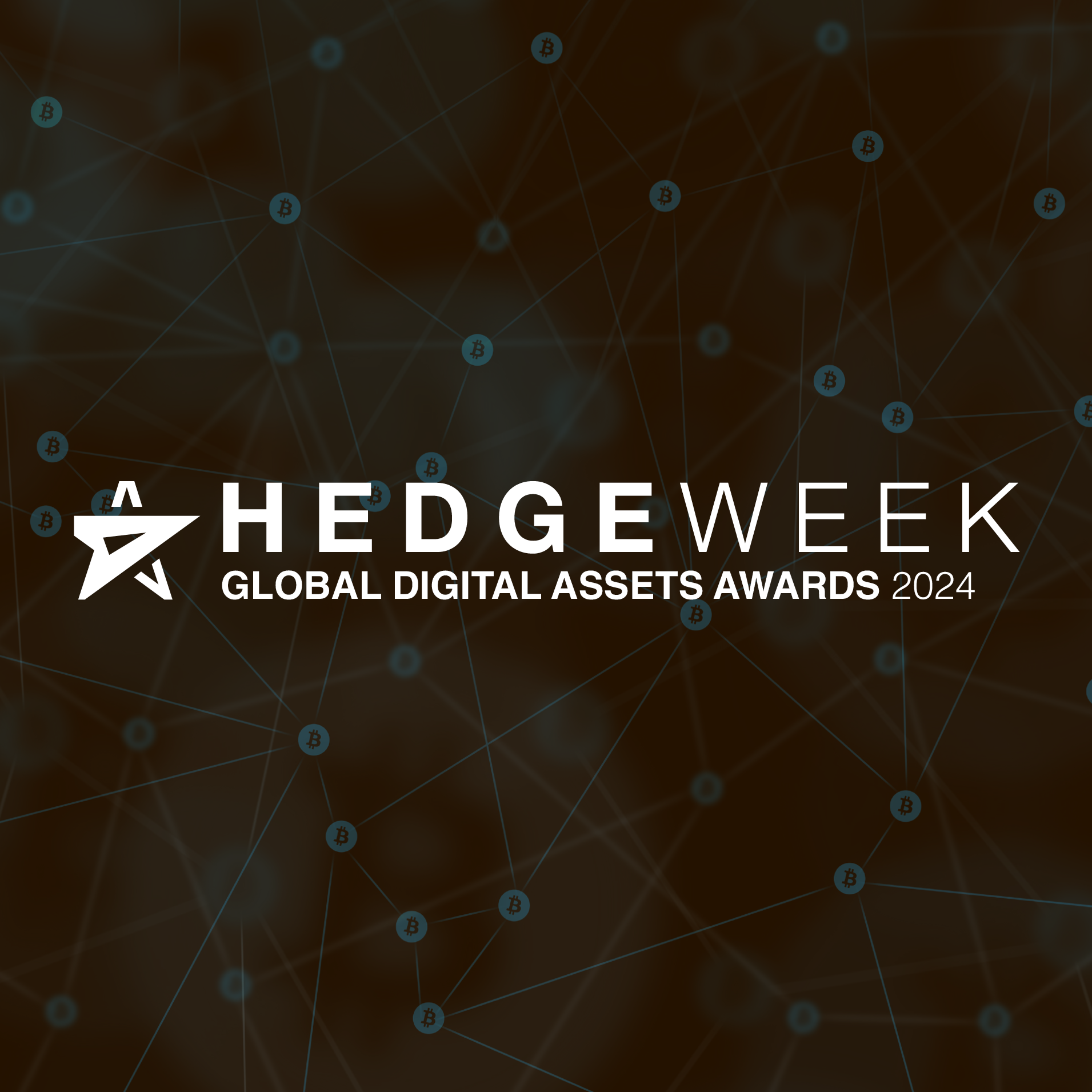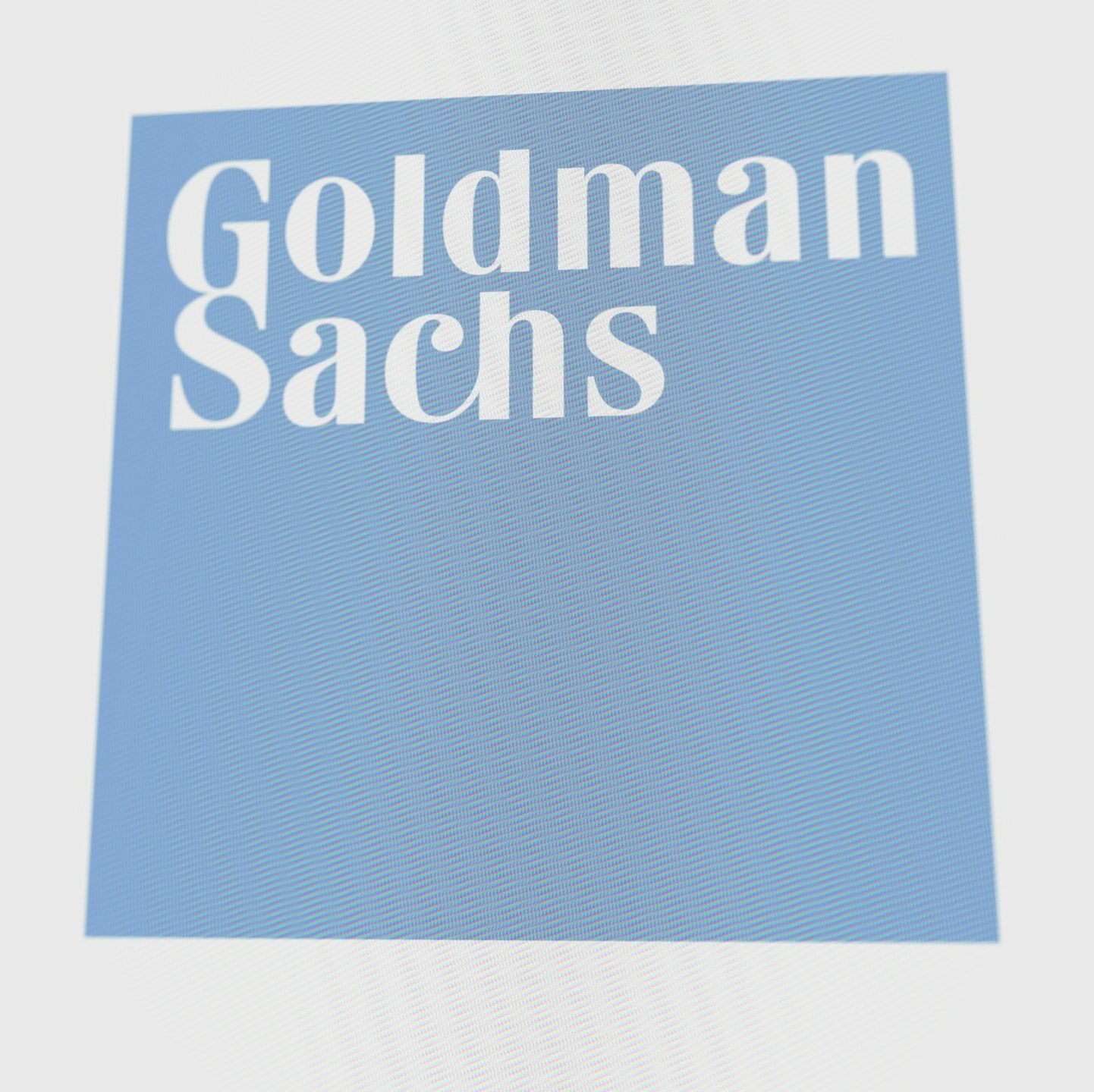Savvas Savouri, Chief Economist, Partner, Toscafund Asset Management
I have no doubt that 2022 will be looked back on as a year of momentous reorientation. I write here of China’s economy being recognised as the world’s only economic growth engine but its currency becoming accepted as a real reserve currency. This can only of course come about because the US economy and the dollar have been demoted. And whilst the 2021 year-end rally in the greenback might suggest momentum into 2022, I would caution otherwise. This said, I see the likes of Egypt and Brazil et al devaluing against the dollar.
So much for my central scenario. There are risk worm holes we could explore. Take exogenous shocks that occur abruptly. We could for instance suffer a virulent Covid-22, with lockdowns all over again, this time with nothing like the fiscal or monetary response for Covid-19.
There is also – as always – the potential for some adverse geopolitical shock. From nearby, say Russia, or far afield, say North Korea with the South, China with Taiwan. Within the EU’s borders there is the threat that Hungary or Poland try to unwind the EU Project, or the UK and EU go at it in a trade war to their joint cost. There are also endogenous risk worm holes. We could for instance see that for all the benefits of stimulus programmes and the rebound from unlocking us, the world economy simply runs out of steam – China too. Matters here could be made worse by economies facing rising interest rates being unable to cope with such shocks, resulting in stagflation. All this said, I have full confidence that China will end 2022 strongly and so too will all those economies and currencies that link closely to it, the UK included.
Jens Foehrenbach, Chief Investment Officer, Man FRM
The macro-economic events that I expect will influence the investment landscape are still dominated by the global pandemic and its fallout. The Omicron variant has reminded us that governments react to Covid with drastic measures. As these measures counter the reflationary trend that many investors have been positioned for, markets could react violently.
Inflation persistence and central banks’ responses will likely also remain an important topic for markets, with the potential to create ongoing waves of volatility across asset classes and equity factors. A significant tail risk for the investment landscape is a central bank policy error – which has arguably never been higher than today. This would have serious implications for markets given the implicit assumption that central banks provide a put to the markets. A possible rollover of US growth and further slowdown of the Chinese economy could pressure global equity levels.
All of this points to challenges to traditional 60/40 portfolios.
Therefore, carefully structured and risk-managed hedge fund portfolios that provide convexity could be very value-additive in 2022.
A geopolitical development that could impact markets and therefore the investment landscape for hedge funds is the ongoing tensions between the US and China. While it seems unlikely at this point that a trade dispute would have the same intensity as the conflict in 2018, lack of coordination and cooperation between the two largest economic blocks is a negative factor for markets. The Middle East always has the potential for a geopolitical crisis which could enhance the pressure on tight energy markets and therefore economic growth and inflation in developed markets.
In my opinion, the alpha generation outlook is fairly positive. The macro factors outlined above are likely to create volatility and challenging markets for risk assets. Hedge funds therefore have the opportunity to add real value to investors. We are looking for good risk management, which has the potential to be a key alpha source in 2022. Our portfolios will overweight strategies that tightly hedge macro and micro factor risks. We are also looking for hedge fund strategies that carry sufficient tail protection.
With the challenges from the escalation of climate change and continued investor demand for responsible investment solutions, we believe that ESG will become an increasingly important topic for hedge funds. We are looking at responsible investing both as an alpha generation source and as an opportunity for hedge funds to add value beyond returns.
Mark Dowding, Chief Investment Officer, Bluebay Asset Management
2022 will witness a tightening of liquidity conditions as central banks, led by the US Federal Reserve, start to withdraw monetary accommodation launched since the start of the pandemic. This may represent something of a headwind for financial markets in the year ahead, making 2022 a time when beta returns are much more subdued than has been the case in the past several years. An assumed recovery from Covid should underpin robust economic growth and support corporate earnings. Perhaps the global inflation outlook will be one of the most influential and uncertain topics which will tax investors’ thinking. If an easing of supply bottlenecks sees price pressures cool, then this may contain the upward pressure on rates. However, if tight labour markets and shifting inflation expectations see inflation become more entrenched, there is a risk that markets will have been too complacent about a transition to a new macro regime.
From a political standpoint, the US Republican Party will surely score big gains at the midterms later next year, heralding a lame duck period for the remainder of Biden’s tenure. The French elections next spring could be the source of some market volatility but it remains unlikely that a more extreme candidate will prevail. Yet with Italian elections likely early in 2023 and with scope for a deepening rift between inflation hawks in the North, and growth and spending bulls in the South, Europe could look more divided at the end of 2022 than has been the case during 2021. Further east, China is set to remain in self-imposed Covid isolation. The Chinese property sector and construction more generally will remain pressured, yet the outlook for manufacturing and consumption should help limit downside risks to growth. Geopolitically, Russia/Ukraine represents an ongoing risk, but one the West can do little about. US/China relations seem unlikely to improve much and elsewhere the fallout from Covid may lead to idiosyncratic risks in some emerging markets resulting in divergent performance.
Declining policy support may also herald a period of higher volatility in the year ahead. Dispersion of returns between issuers and sectors may be a growing theme as markets focus on winners and losers after policy support starts to fade. Currency markets may also see larger moves than witnessed of late, as divergent monetary and fiscal policies, and approaches to the pandemic lead to more hetrogenuous and divergent outcomes. The past two years may not have been plain sailing for investors, though in equity markets most following a long only approach will have made good money. In 2022, we may witness a greater emphasis on hedge funds and absolute return strategies, as market beta starts to disappoint and as we pass the point of peak opportunity in private asset classes, such as private equity and private debt.
David Gorton, Chief Investment Officer, DG Partners
Monetary tightening is inevitable through the first half of 2022. However, with global debt levels now over 250 per cent of GDP, it is highly unlikely that real policy rates can reach zero, let alone return to a ‘normal’ positive. This will leave Central Banks and markets hoping that higher prices destroy sufficient demand to bring inflation down further in the medium term. Continued negative rates and high nominal GDP growth will support asset prices in the near term and new highs in equities are likely to continue being made through Q2.
Commodities, having performed exceptionally well last year, are expected to continue their bull markets and will likely be buoyed by a number of factors. Above trend nominal growth, lax monetary policy, high infrastructure spend and ESG policies are tailwinds for markets already suffering from medium term under-investment. The interlinkages across commodity markets and often intense energy usage in their production, risks an upward spiral in prices. High input costs have already seen rapid increases in fertilizer costs, threatening food supplies next year. Governments may well be inclined to monetise these higher prices rather than allowing market forces to work through.
Risks to this outlook include another more deadly wave of Covid hitting and cratering demand. Whilst this is a major tail risk, we believe it more likely that outbreaks will become less severe over time as vaccine programs, new drugs and society as a whole adapts. Risks from a deleveraging Chinese economy remain and may be a headwind for global growth, but the authorities are already easing policy where necessary to prevent a disorderly slowdown. And as both sides quietly attempt to assert their global agendas, a significant escalation of US-Sino relations seems unlikely under a more diplomatic US administration.
If the markets’ hopes that inflation is tamed as we move towards the end of the year are not fulfilled, then equity valuations may be challenged and authorities may have difficulties containing increased volatility and a big bear move with the limited monetary policy options open to them at that time.
Decio Nascimento, Founder & Chief Investment Officer, Norbury Partners
The unprecedented global coordinated response to the pandemic in mid-2020 will be much more acutely felt in 2022 when the Covid mobility crisis eases, and there is enough time for the transmission mechanisms in the economy to work.
We expect that rates will be higher around the world, especially in developed markets. However, we don’t expect the real rates differential to be large enough versus emerging markets to keep the USD supported, and we see broad weakness in the currency for next year.
We are very bullish on the whole commodities complex as imbalances in supply and demand, along with tight inventory levels, bring support and upside risk to prices.
Lastly, equities and credit are very expensive overall. We find compelling investments only when taking idiosyncratic risk in these markets.
Altogether, we expect to see good global growth and inflation running above pre-pandemic levels next year, while commodity supply and demand fundamentals become increasingly more important as the world strives for net-zero in the face of a decade of underinvestment.
From a geopolitical perspective, two themes we are watching closely are: (1) the standoff between Russia and Ukraine, which could possibly lead to sanctions and the banning of Nord Stream 2, a key natural gas pipeline to Western Europe where gas prices have led to increased coal demand and higher prices for emission credits, and (2) how China wrestles with strained diplomatic ties with the West, a failing real estate sector, and over-indebted African nations in which it owns or operates a myriad of rare earth mines, ports, and other infrastructure that will be essential for the entire world to meet its net- zero goals.
Andrew Dassori, Chief Investment Officer, Wavelength Capital Management
No economy was able to escape the impact of Covid-19, and over the past two years the virus has upended people’s lives across the globe. Policies implemented during the period, however, have left countries in markedly different fiscal and monetary positions as they seek to manage a wide range of trajectories for growth and inflation coming out of the pandemic.
We believe the dispersion in economic circumstances from one bloc to the next will be a key driver in how markets evolve in 2022 and provide a deep opportunity set for investors who understand the dynamics at play. The picture is clearest when assessing a developing world with more traditional monetary policy tools available versus a developed world where rates are near zero and the coordination of fiscal and monetary policy has grown increasingly critical. In this environment, we see a heightened potential for policy errors and expect markets to recalibrate to account for new risks on the horizon.
On the geopolitical front, it is likely that existing tensions are already priced into markets, but as the world bifurcates into spheres of influence around the US and China, mounting long-term pressures beneath the surface of this relationship may not yet be fully appreciated. Policy developments around trade, technology, and foreign investment have already begun reshaping how these economic ecosystems interact, and if their disentanglement were to accelerate, we would expect significant knock-on effects for the global economy. Beyond potential direct impacts on supply chains and capital flows, a lack of coordination between the US and China could make addressing global issues like climate change increasingly difficult. We expect the changing nature of this relationship to be a driving force in markets over the coming year and beyond.
With the global economy in a state of transition, we believe that adapting to a new policy landscape and managing the risks that result will be increasingly important for investors. In this context, we seek to maintain a balance to potential economic outcomes while actively monetising the increased opportunity set produced by these disruptive forces across markets.








